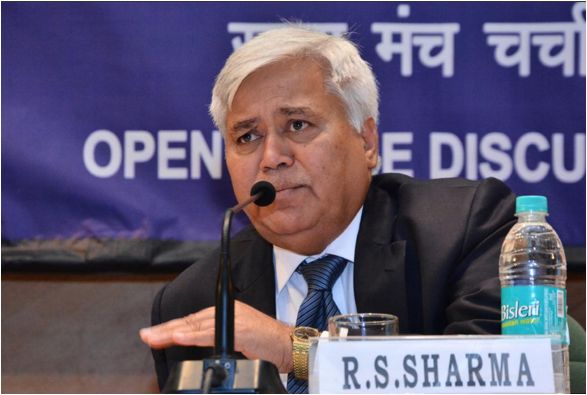
Telecom regulator TRAI has rejected DoT’s proposal for a weighted average rate for SUC for all spectrum assigned to operators across various bands.
TRAI said it continues to recommend flat rate SUC for telecom operators.
The TRAI recommendations released on 12 July are for spectrum in the 700 MHz, 800 MHz, 900 MHz, 1800 MHz, 2100 MHz, 2300 MHz and 2500 MHz bands.
DoT in its letter to TRAI dated 24 June 2016 said that the weighted average of SUC rates across all spectrum assigned to an operator (whether assigned administratively or through auction or through tradition) in all access spectrum bands including BWA spectrum obtained in 2010 auction shall be applied for charging SUC.
“The weighted average is to be derived by sum of product of spectrum holdings and applicable SUC rate divided by total spectrum holding. The Weighted Average Rate should be determined operator wise for each service area,” said DoT.
TRAI said the optimal solution is to move to a flat rate regime. However, there are constraints to examine the weighted average solution as suggested by AG and proposed by DoT.
The weighted average formula of DoT uses the quantum of spectrum held by a telecom operator as a proxy for the revenue earned by the operator from that spectrum band. In the absence of a method for revenue segregation of various bands and in order to conform to the legal framework, while some proxy for revenue would have to be used, the current approach creates a distortion on account of following reasons
Firstly, it makes an implicit assumption that the contribution of revenue from particular spectrum holdings is proportionate to the amount of spectrum held in that band. While quantum of spectrum will certainly be a factor in any weighted average formula, this may not be the sole factor to estimate the revenue from a given band. It is widely accepted that currently some spectrum bands generate greater revenue than others even if the holding is smaller than in other bands.
Secondly, the over-all SUC rate arrived at by the weighted average formula is also impacted by SUC rate fixed for each band. As a result, it leads to higher SUCs for TSPs which have larger spectrum holdings in bands which have high rates and lower SUCs for TSPs which may have equally large spectrum holdings in bands which have low rates. This may have a significant impact on the overall spectrum usage charge that is payable to the Government.
Taking the spectrum quantity in a band as the sole weightage in the weighted average formula may lead to certain shortcomings, said TRAI.
Part of this shortcoming is based on the fundamental difficulty of using a proxy— any proxy, on which a weighted average computation is based, will not exactly map the revenue earned by each TSP from each band.
Each spectrum band has its characteristics in terms of range, penetration, capacity, eco-system etc. Accordingly, if DoT chooses to adopt weighted average rate of SUC, then it would be appropriate for it to carefully explore alternate proxies which may be used for computing the weighted average like technical efficiency factor and the market-determined price for such spectrum band etc.
TSPs bid for the various spectrum bands based on their requirement and the revenue potential that they foresee accruing from that band. DoT also in its note dated 6 May 2016 to the AG has noted that “difference in characteristics of various bands including the availability of ecosystem can be stated to be reflected in the upfront bid quoted by the various operators”.
As spectrum bid values are a reflection of how the TSP values the band, taking into account market determined price based on bid values might lead to a result that more closely approximates the result, were it possible to segregate revenues as envisaged by the NIA.
TRAI said any solution based on weighted average rate, irrespective of the proxy that is used, is a temporary solution.
TRAI said it is desirable to move to a flat rate SUC and adoption of weighted average could provide a path to such transition. While taking a view on this matter, all possible steps should be considered by the DoT to move to a simple, transparent and flat ad valorem SUC regime in accordance with law.





